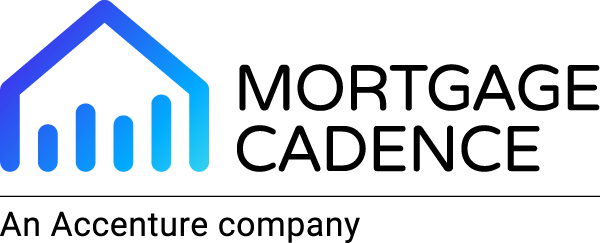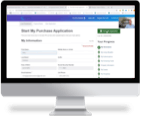Ever wondered what high performing lenders have in common?
Well, there are many things, but one of the most important things they all do is know the numbers of their business. Take for example the numbers that drive increased Productivity. In a previous article we shared The 5 Keys to High Performance Lendingwhich gave you the back story on how to pull the profit lever by being data-centric.
Productivity is a fairly simple-to-calculate metric that delivers big dividends by gauging the effectiveness of a loan team.
Why it matters
According to the MBA 2017 study, 65% of the cost to close is allocated to labor, so it only makes sense that when you’re looking to achieve higher profitability you would begin by knowing how your team is using their time to produce the loan. Knowing your Productivity rate helps you assess the effectiveness of your people and the process with which they move a loan through to closing. Without a metric around Productivity, you are almost assuredly losing profits and guessing at how to fix it.
According to the 2017 MBA average, Productivity rates were 3.34 loans per employee per month.
You should be asking yourself two questions: Is this MBA average ‘good’ and how does my team’s Productivity metric compare?
Good is a relative statement and what’s ‘good’ for your lending team really depends on your organization’s strategic objectives and your team’s ability to overcome challenges.
One key challenge to increasing your institution’s Productivity is the unpredictability of mortgage application volume, proving it hard to make definitive staffing decisions as volume fluctuates with the market. Too often, lenders will hire additional staff in anticipation of high volumes, ultimately causing them to overstaff. This reduces their Productivity metric. Our top performers address this challenge differently.
3 easy to implement staffing solutions
One lender that is achieving top-notch Productivity metrics is in a major metropolitan area where the cost of labor is equivalent to some of the most expensive in the country. So how do they maintain a strong Productivity measure amidst growing industry competition?
- Maintaining low labor costs: Organizationally this high-performer is oriented towards creating an extraordinary place to work. Their culture has become their competitive advantage and though the employees aren’t earning top dollar in their market, the value of providing a great place to work is something that their staff places high value on, resulting in low turnover rates and committed employees.
- Leveraging temp labor: This top-notch performer hires almost exclusively through a temp agency. They invest in training this staff member exactly the way they want them to work. No old thinking around outdated processes to get in the way of loan production. Only when they are certain the temp would be a great fit to their organization do they make a full-time position offer.
- Cross training: By cross training their lending team, our high performer is able to adapt to the ebb and flow of loan volume so that if there is a bubble of activity the team can quickly move into whatever seat necessary to prevent bottlenecks that can slow down closing times.
Higher Productivity is within your reach
Success leaves clues. Study the methods employed by high performers and model them in your own institution. Hire right, cross-train well, and create a company culture where people want to come to work. It may seem basic, but the results this institution has achieved are far from it. They measured Productivity, identified bottlenecks (in this case, the high cost of labor), and implemented techniques to offset this challenge.
You can do the same, and your institution will thank you for it. Start by calculating your institution’s Productivity over the past six months to establish a baseline. As the data begins to reveal trends, analyze where you paid for labor that may not have yielded higher volume and brainstorm solutions. Benchmarking your Productivity performance will reveal which solutions are working, and which aren’t really solutions at all.
Doubling your volume with your existing staff, after all, will cut your Cost-to-Close in half.
Implement these steps and watch your Productivity and profitability soar.



